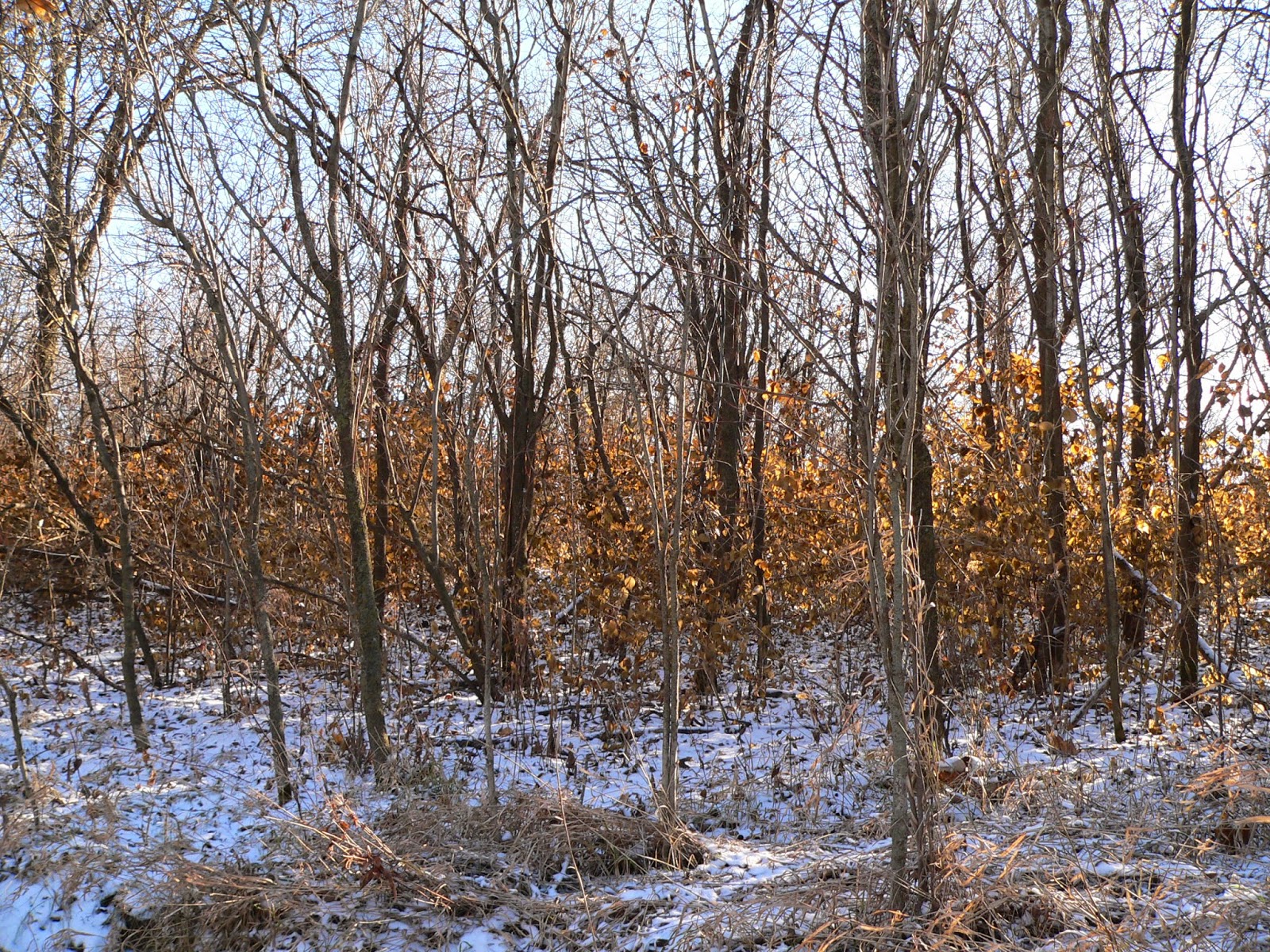A large part
of what we do at Stone State Park is the removal of invasive plant species,
including exotic bush honeysuckle. So what is exotic bush honeysuckle and why
do we spend so much time and effort trying to eradicate it? Let me explain. There
are three species of exotic bush honeysuckle currently in the United States.
They were first introduced from Eurasia in the mid 1800's as landscape ornamentals
and to increase wildlife cover and control erosion. They are shrubs that can
get up to 20 feet tall. They have opposite leaves, hollow stems, and red/red-orange
berries in the fall. They are most commonly found along forest edges, abandoned
fields, pastures, roadsides, and other open, upland habitats.
But why are
these exotics so bad? Bush honeysuckle leaf out earlier in the spring than most
natives and keep their leaves longer in the fall. They are also able to spread
new shoots from their roots. This allows them to quickly take over a site,
forming a dense understory that crowds and shades out native plants. The
picture below is an example of what could happen to the whole park if we did
nothing to control bush honeysuckle. This picture was taken in an area that has
been left undisturbed for several years.
Exotic bush
honeysuckle negatively impact habitats by decreasing light availability and out
competing natives for moisture and nutrients. It is also believed that they
release toxic chemicals in the soil that prevent other plants from growing in
the area. Birds do eat the berries, but unlike native plants, the fruits of
exotic bush honeysuckle lack the fat content needed for long flights.
To combat a
honeysuckle takeover, the method we most commonly use at Stone Park is to cut
the plants off close to the roots and to apply a herbicide that will kill the
plant and keep it from sprouting new shoots. We use dye in the herbicide so
that we can easily see what has been sprayed. If you walk through the park and
see small stumps that are pink or blue you will know that our team has been
there recently, continuing the battle.
As we go
through the day cutting and treating stumps we get quite a large collection of
dead honeysuckle bushes. Admittedly the task gets to be a bit mundane after a
few hours. One way we entertain ourselves is to try to think of things we could
do to turn these unsightly piles into something useful. We have discussed
several things including honeysuckle privacy screens, weaved honeysuckle
baskets, and honeysuckle wreaths. Last week I was feeling particularly crafty
and decided to try my hand at honeysuckle wreath making. With a bit of patience
and some trial-and-error I was able to make the wreath you see below. It is
nowhere near perfect and not yet complete, but I admit that it feels good to
turn our piles of destruction into something a bit more pleasing to the eye.
Shaena
Howell, Americorp team member




Thanks, good article
ReplyDelete